Optimal Timing for Salt Water Pool Maintenance
Proper timing of salt water pool maintenance is essential for optimal water quality and equipment longevity. Regular maintenance schedules help prevent issues such as algae growth, corrosion, and chemical imbalances, ensuring the pool remains safe and inviting.
Perform comprehensive maintenance at the start and end of swimming seasons to prepare the pool and address any winterization or opening requirements.
Test water chemistry weekly to maintain proper salt levels, pH, alkalinity, and sanitizer levels, especially during high-use periods.
Conduct maintenance after periods of heavy use or storms to address debris, chemical imbalance, and filtration issues.
Adjust maintenance routines ahead of significant weather changes, such as storms or temperature drops, to protect equipment and water quality.
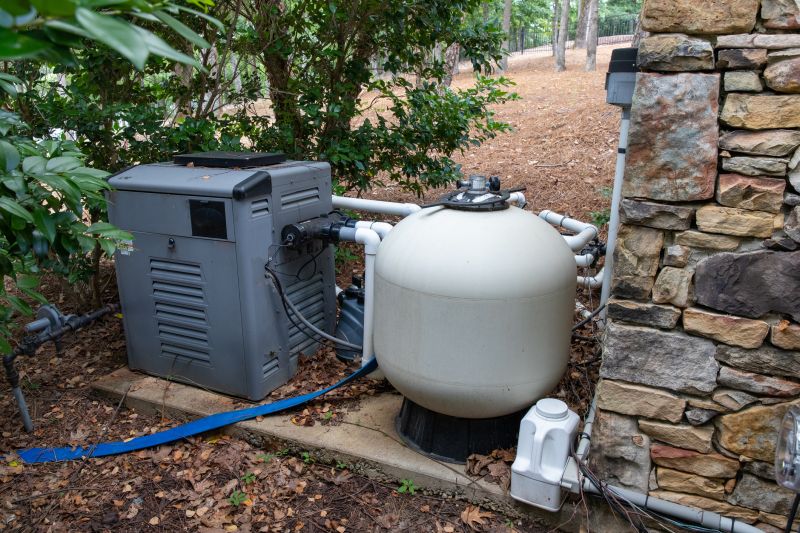
Maintaining salt generators and filtration systems ensures efficient operation and water quality.
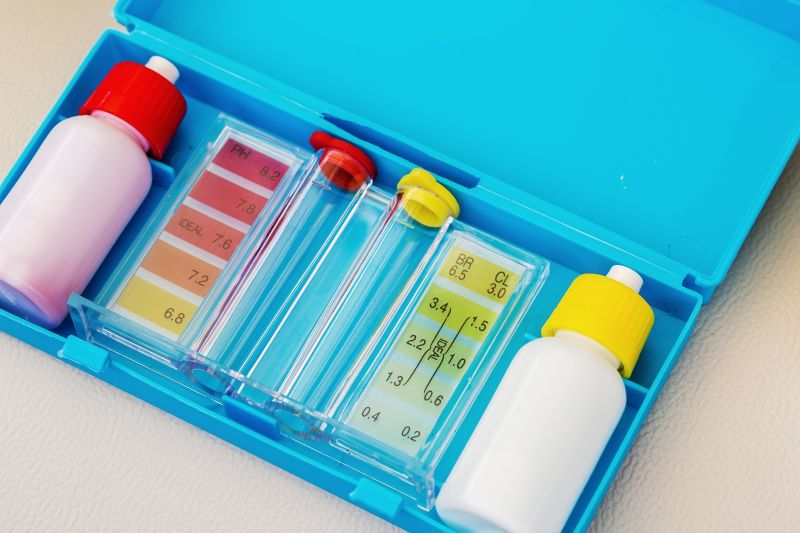
Regular testing kits help monitor salt, pH, and sanitizer levels for balanced water.
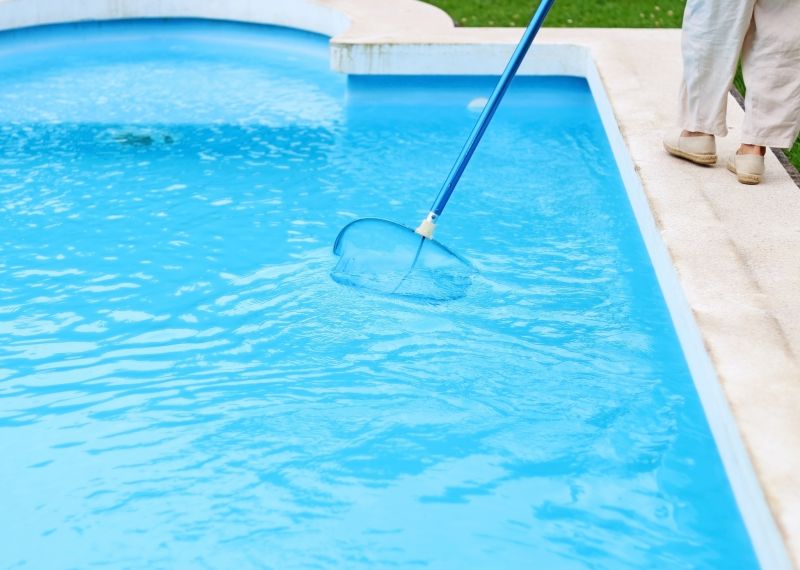
Removing debris and cleaning surfaces prevent buildup and maintain clarity.
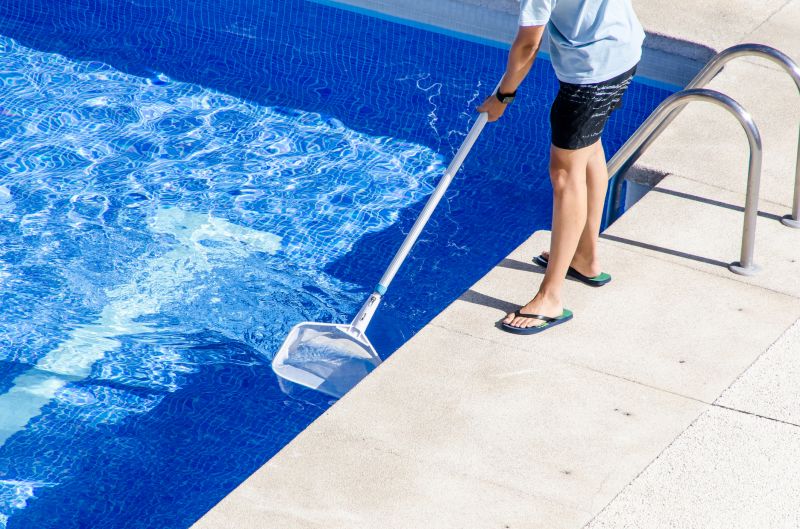
Ways to make Salt Water Pool Maintenances work in tight or awkward layouts.

Popular materials for Salt Water Pool Maintenances and why they hold up over time.
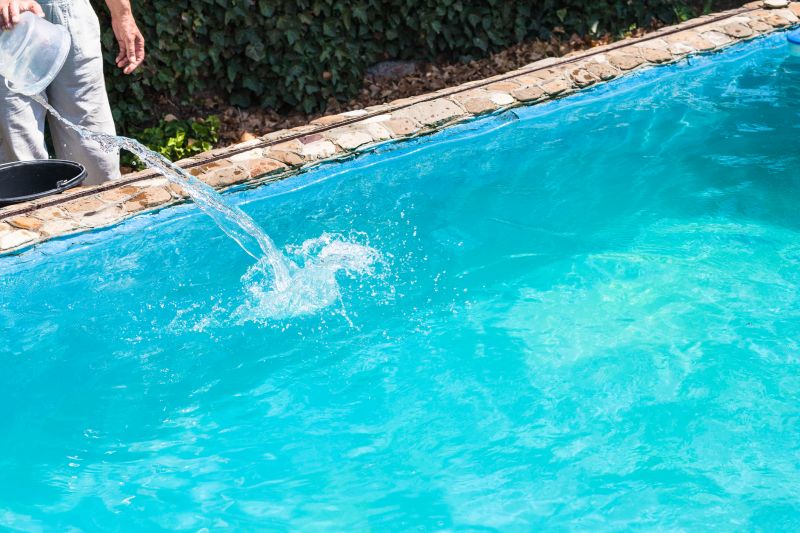
Simple add-ons that improve Salt Water Pool Maintenances without blowing the budget.
| Maintenance Activity | Best Time |
|---|---|
| Salt level adjustment | Weekly during swimming season |
| pH and alkalinity testing | Weekly |
| Deep cleaning of pool surfaces | Mid-season |
| Equipment inspection and servicing | Pre- and post-season |
| Chemical balancing after storms | Immediately after storm events |
| Filter backwashing | As needed, typically weekly |
| Winterization procedures | End of swimming season |
| Pool opening procedures | Start of swimming season |
Salt water pool maintenance involves managing chemical levels, inspecting equipment, and cleaning to prevent issues such as corrosion, algae growth, and equipment failure. Maintaining proper salt levels, typically between 2700 and 3400 ppm, is crucial for generator efficiency. Regular testing of pH, alkalinity, and sanitizer levels ensures water remains safe and clear. Seasonal adjustments and routine inspections help extend equipment lifespan and reduce costly repairs. Statistics indicate that consistent maintenance reduces chemical imbalance incidents by over 50%, and equipment failures by approximately 30%, emphasizing the importance of timely upkeep.
